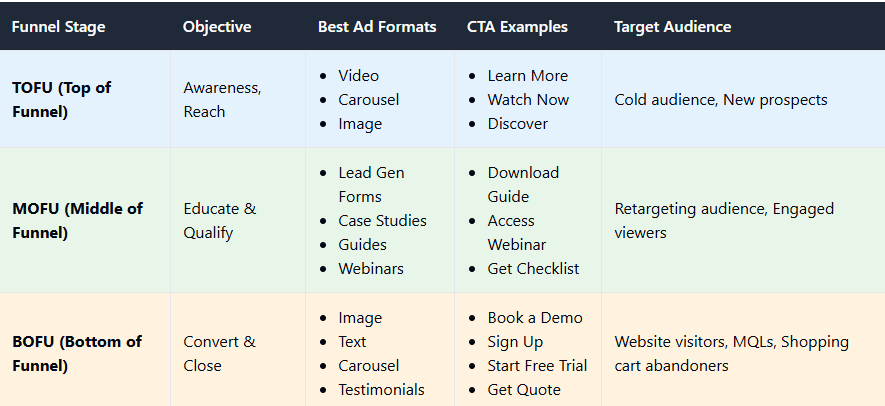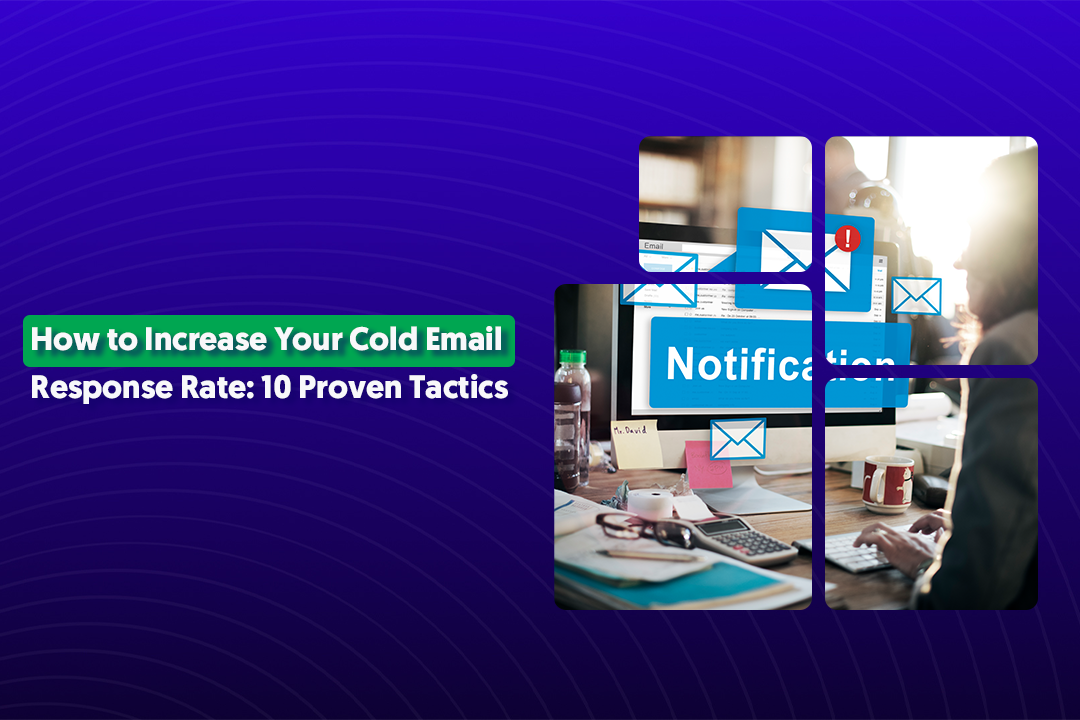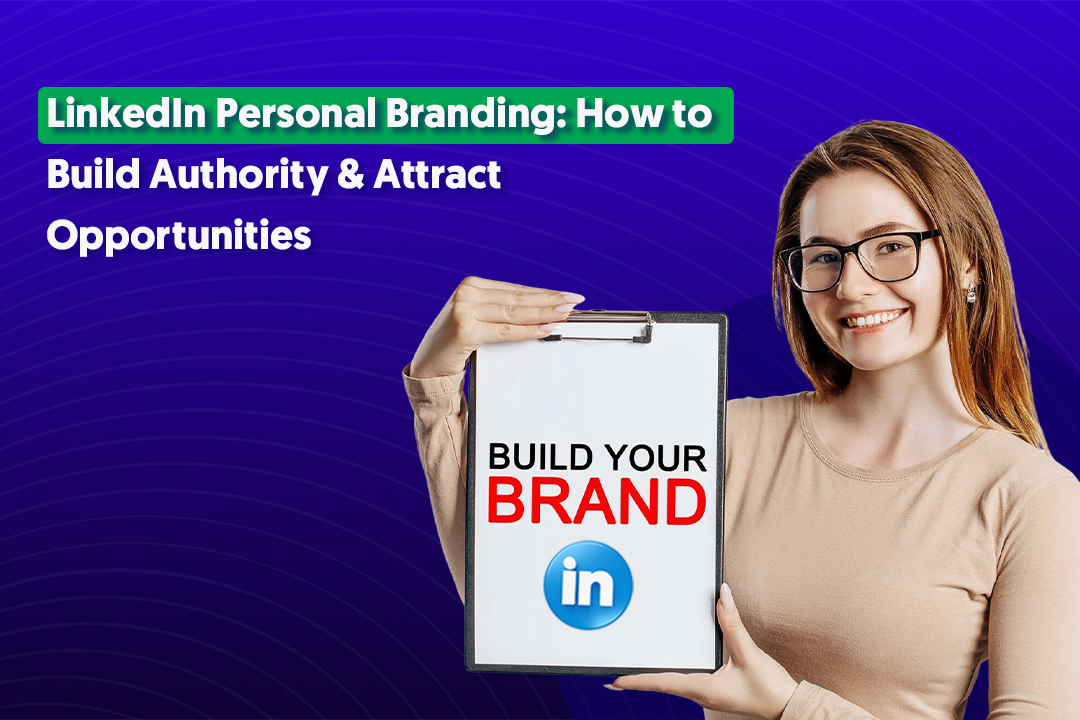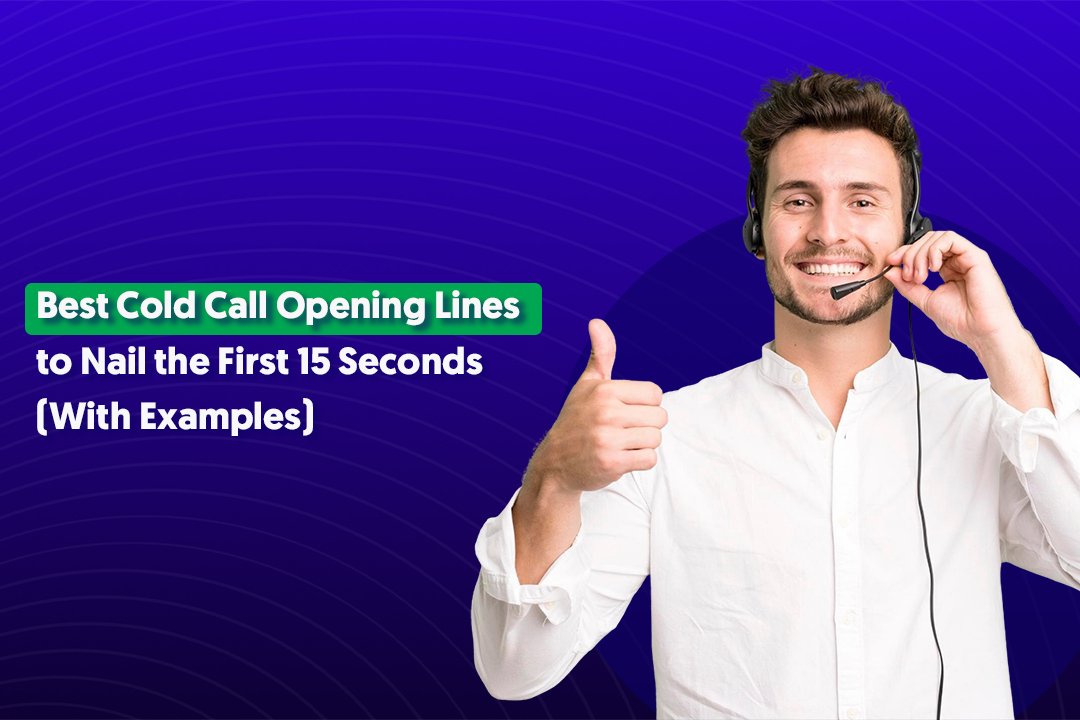Key Takeaways
- LinkedIn paid ads are powerful for B2B lead gen, but only when aligned to the buyer journey.
- TOFU ads should build awareness with soft CTAs and precise targeting.
- MOFU campaigns must qualify leads using segmented, high-value content and native lead gen forms.
- BOFU ads need retargeting and end-to-end tracking to drive real conversions and revenue.
- Small mistakes like poor creative testing or lack of follow-up can cost you leads and ROI.
If you're running LinkedIn paid ads and not seeing the leads you expected, you're not alone.
While LinkedIn is hands-down one of the most powerful platforms for B2B lead generation, especially for high-ticket services, SaaS products, and consulting offers—it's also one of the easiest to get wrong.
With higher CPCs and a more discerning, professional audience, LinkedIn paid campaigns leave little room for error. Unlike other platforms, throwing generic ads into the feed won’t cut it.
Yet, many marketers still treat LinkedIn like every other social channel—using the same creative, the same messaging, and the same strategy across the entire buyer’s journey.
That one-size-fits-all approach? It’s costing you leads.
Today we’ll break down the 10 most common LinkedIn ad mistakes that might be quietly draining your budget.
Let’s help you turn those wasted clicks into high-quality leads and better ROI from your LinkedIn lead gen campaigns.
Why Funnel Strategy Matters in LinkedIn Paid Ads

When it comes to LinkedIn paid ads, strategy is everything.
LinkedIn users are typically in a focused, professional mindset. That means your ads need to meet them where they are in their buying journey.
A solid funnel strategy helps you do just that.
1️⃣ At the Top of Funnel (TOFU), your goal is to build awareness. These LinkedIn paid campaigns should educate, spark curiosity, and introduce your brand—think thought leadership, industry insights, or useful guides.
2️⃣ Middle of Funnel (MOFU) campaigns shift toward qualification and nurturing. At this stage, LinkedIn lead gen campaigns should offer deeper value—like webinars, case studies, or whitepapers—to warm up your audience and build trust.
3️⃣ Finally, Bottom of Funnel (BOFU) ads should focus on driving conversions. This is where strong calls to action, demos, or consultations come into play.
Without aligning your creatives, messaging, and offers to each stage of the funnel, even the best targeting can fall flat—and that’s a costly mistake on LinkedIn.
Top of Funnel (TOFU) – Awareness Stage

At the awareness stage, your goal with LinkedIn paid ads is simple: get noticed.
This is where you introduce your brand, spark initial interest, and start building retargeting pools for later stages of your LinkedIn lead gen campaign.
But too often, mistakes here ruin the entire funnel before it even starts.
1. Broad or Poorly Defined Audience Targeting
The Problem: Targeting users based on vague interests or demographics leads to low-quality traffic and wasted ad spend.
Why It Fails: LinkedIn thrives on firmographic targeting—like job title, industry, company size, and seniority.
How to Fix It:
- Build detailed buyer personas.
- Use LinkedIn’s filters for job title + seniority.
- Test 2–3 persona segments to find your sweet spot.
2. Using Hard-Sell CTAs Too Early
The Problem: Asking for a demo from someone who just discovered you? That’s a quick way to get ignored.
How to Fix It:
- Use soft CTAs like “Download the Guide” or “Watch the Webinar.”
- Focus on valuable, low-commitment offers that educate or solve a problem.
3. Failing to A/B Test Ad Creatives
The Problem: Running one ad and hoping it sticks limits your learning and performance.
How to Fix It:
- Test 2–3 creative versions—different visuals, copy, and formats (image, carousel, video).
- Measure results using CTR, video views, and cost per engagement.
4. Not Building Retargeting Pools
The Problem: If you're not capturing engagement, you're letting potential leads walk away.
How to Fix It:
- Create retargeting audiences based on page visits, video views, or form opens.
- Use these warm audiences in MOFU LinkedIn paid campaigns for better conversion down the line.
Middle of Funnel (MOFU) – Consideration Stage

Once your audience is aware of your brand, it’s time to shift gears.
The MOFU stage is where your LinkedIn paid ads should qualify leads, build trust, and start collecting contact information through valuable lead gen offers.
But without a smart strategy here, warm interest can quickly go cold.
5. Ignoring LinkedIn Lead Gen Forms or Using Poorly Designed Ones
The Problem: Sending users to an external landing page—or worse, asking for too much info, adds friction and kills conversions.
How to Fix It:
- Use native LinkedIn Lead Gen Forms to streamline the process.
- Keep forms short, pre-fill fields, and clearly explain what the user gets in return.
6. Using Generic Content Offers That Don’t Segment Leads
The Problem: A one-size-fits-all lead magnet won’t help you understand who’s actually interested, or why.
How to Fix It:
- Create specific content offers based on industry, role, or pain points.
- Example: “LinkedIn Ad Benchmarks for SaaS CMOs” vs “LinkedIn Ads for HR Services.”
7. No Follow-Up Strategy After Form Submissions
The Problem: You got the lead… and then did nothing. Interest fades fast without follow-up.
How to Fix It:
- Connect LinkedIn lead forms to your CRM or email platform.
- Trigger automated thank-you emails, follow-up content, or even SDR outreach within 24 hours.
8. Not Reviewing Funnel Drop-offs in Lead Form Flow
The Problem: Leads may click but never complete the form—and you’ll never know unless you track it.
How to Fix It:
- Use LinkedIn’s form analytics to monitor start-to-submit rates.
- Pair it with Insight Tag or Google Analytics to spot friction points and optimize the user journey.
Bottom of Funnel (BOFU) – Conversion Stage

You’ve built awareness, nurtured interest, now it’s time for your LinkedIn paid ads to close the deal.
At the BOFU stage, your focus should be on converting warm leads into real business outcomes like booked demos, sign-ups, or purchases.
But if you’re not intentional here, your warm leads may slip away.
9. Not Retargeting High-Intent Visitors
The Problem: Warm leads who've already engaged—visited your pricing page, attended a webinar, or returned to your site—often go ignored.
Why It Hurts: These are your hottest LinkedIn prospects, and missing them means leaving revenue on the table.
How to Fix It:
- Launch dedicated LinkedIn paid campaigns targeting high-intent segments.
- Use strong CTAs like “Book a Call”, “Claim Your Offer”, or “Start Your Free Trial.”
- Add urgency with limited-time offers or exclusive access messaging.
10. No End-to-End Tracking of Conversions and Revenue
The Problem: Tracking stops at form fills, so you don’t know which leads actually turn into customers.
Why It Hurts: You can’t scale what’s working—or cut what isn’t—without visibility into revenue impact.
How to Fix It:
- Set up LinkedIn Offline Conversions to track actual sales.
- Use UTM parameters to trace leads inside your CRM.
- Build reports that link ad spend to pipeline and closed revenue—not just clicks and MQLs.
Mapping LinkedIn Paid Ads to Funnel Stages

Conclusion
LinkedIn paid ads have the potential to generate high-quality B2B leads—but only when your strategy aligns with the buyer journey.
Each stage of the funnel—awareness, consideration, and conversion—requires a different LinkedIn message, offer, and level of intent.
Even small missteps, like misaligned CTAs or failing to retarget engaged users, can quietly drain your budget and break your funnel.
If you're running LinkedIn paid campaigns, take a moment to audit your setup through this lens. A few strategic tweaks could mean the difference between wasted spend and real pipeline growth.
Now, if you’re working with a $30K/month marketing budget, LinkedIn ads can be a great option.
But if you’re not ready to risk $500–$750 per booked call—or want a more cost-effective, proven alternative—LinkedIn outreach might be the smarter move.
At Cleverly (the only B2B marketing agency with 1000+ trustpilot reviews), we specialize in LinkedIn lead generation through outreach, NOT ads. We’ve helped over 10,000 clients land meetings with companies like:
Amazon, Google, Uber, PayPal, Slack, Spotify, and many more.

That’s led to $312 million in pipeline revenue and $51.2 million in closed revenue—all through LinkedIn outreach.
👉 Interested in generating qualified B2B leads through LinkedIn? Click here to learn more.
FAQs
1. Are LinkedIn paid ads worth it for B2B lead generation?
Yes, especially for high-ticket B2B offers. But they require proper funnel alignment and targeting to avoid wasted spend.
2. What’s the best type of ad for TOFU on LinkedIn?
Content-led ads like guides, checklists, or short educational videos work well to drive awareness and engagement.
3. Should I use LinkedIn Lead Gen Forms or a landing page?
For MOFU offers, native Lead Gen Forms typically convert better due to less friction and autofill features.
4. How much should I budget for LinkedIn paid campaigns?
For meaningful results, plan to spend at least $10K–$30K/month. CPCs and CPLs on LinkedIn are higher than other platforms.
5. How do I track LinkedIn ad performance beyond leads?
Use LinkedIn’s Offline Conversions, UTM tracking, and CRM integration to measure pipeline and revenue impact.
6. What if I can’t afford LinkedIn ads right now?
Try LinkedIn outreach instead. At Cleverly, we offer done-for-you outreach that’s generated over $312M in pipeline for 10,000+ clients.





